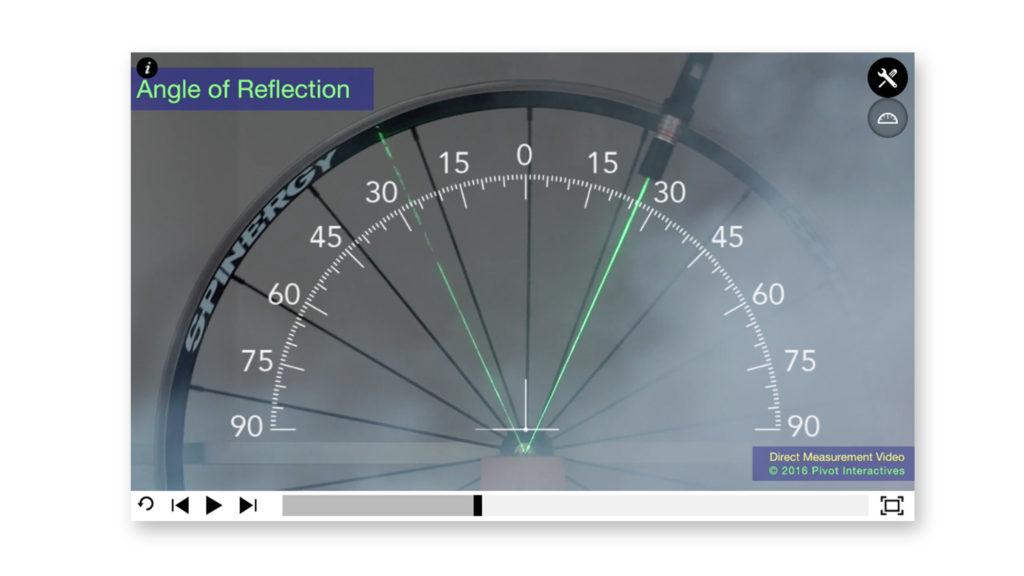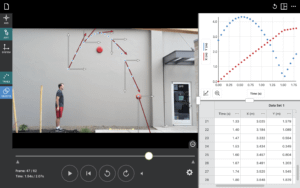When Cerise Cauthron transitioned from teaching biology to physics 15 years ago, she wanted to provide her high school students with more lab experience. She knew that hands-on learning was important to help students make real-world connections.
“As a former researcher, I wanted students to have real-world lab experiences using real-world technology,” said Cauthron, who teaches at Georgetown Middle/High School in Georgetown, Massachusetts. “It was important to me that they had ample opportunities to collect and analyze data and make meaningful connections. I began to purchase laptops, Vernier sensors, and LabQuest® devices to facilitate this.”
Throughout the years, Cauthron continued to add to the school’s collection of Vernier data-collection technology and made hands-on investigations a staple of the learning experience. “My students love using the technology. It’s a huge benefit for them because it gives them a sense of what they will see in college and in science careers,” she said. “I even find myself often sitting there and testing out the various technologies and having so much fun!”
Teaching during COVID-19
Vernier was also a critical resource for Cauthron when COVID-19 caused school closures. She knew she needed to adjust quickly to keep her students engaged in STEM learning at home and began utilizing the vast collection of free remote learning resources Vernier made available to educators. Despite school closures, she was determined not to let her students leave high school unprepared for what they’d experience in college labs.
Cauthron began having students design investigations and participate in more independent data analysis. For example, to teach her students about electric potential and voltage, she had them watch YouTube™ videos, answer discussion questions, conduct an interactive activity from Pivot Interactives, conduct an Ohm’s law investigation using sample data from Vernier, and finally conduct an electricity use evaluation. The last activity involved students determining the power of five personal appliances or electronic devices, estimating the duration of daily use, and calculating electric energy use and cost based on recent Massachusetts’ averages for each device for one month and one year.
“Pivot has been a tremendous resource for my physics students during this time of remote learning,” said Cauthron. “Students are really engaged, and it gives them more independence to design and conduct their own investigations.”
Conducting Experiments Remotely
Pivot Interactives, which is exclusively distributed through Vernier, provides students with interactive videos of actual scientific experiments exploring topics like Newton’s second law, properties of mechanical waves, and acid-base titrations. Unlike animated simulations, these high-resolution interactive videos incorporate authentic experiment data to help students learn key science concepts remotely. The student-centered, open-ended investigations also provide teachers with experiments that would otherwise be impossible, unsafe, impractical, or time-consuming to set up for students learning from home.
With the Vernier Video Analysis™ app students can use their mobile devices and insert a video with recorded motion, mark points to track the object in motion, and set the scale of the video. The app is compatible with multiple devices, and it generates accurate and visually-rich graphs that reflect recorded motion.
“Vernier Video Analysis was another awesome resource for my physics students. They had a fantastic time using it and capturing their own videos—for example, in one investigation, a student recorded a water balloon dropping from a tree,” said Cauthron. “The app allowed students to really dig deeper into the motion concepts we were already learning by making predictions and analyzing their own data.”
What makes Vernier Video Analysis so unique is that students can use it to analyze their own recorded videos as the subject of their scientific investigations. When students use their own content to study motion, Cauthron observed, they are more invested and engaged.
“Even though we weren’t face to face, there was continuity of learning. Vernier allowed me to keep it going,” said Cauthron. “Students had the opportunity to interact with content, engage in scientific discovery, and grow their portfolio of skills. I’m confident my students will be prepared for next year, especially my seniors who are going off to college. That’s the best gift I can give them.”
About the Educator
Cerise Cauthron
Georgetown MS/HS
Georgetown, Massachusetts
Cerise Cauthron has been a science teacher at Georgetown Middle/High School for 25 years. She started as a biology teacher and then transitioned to teaching high school-level physics 15 years ago.


